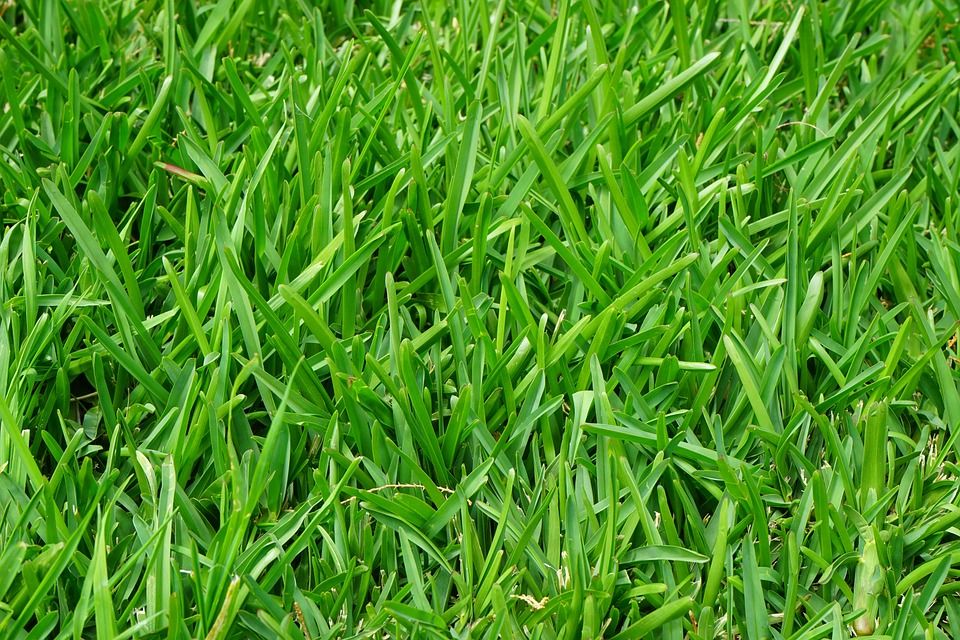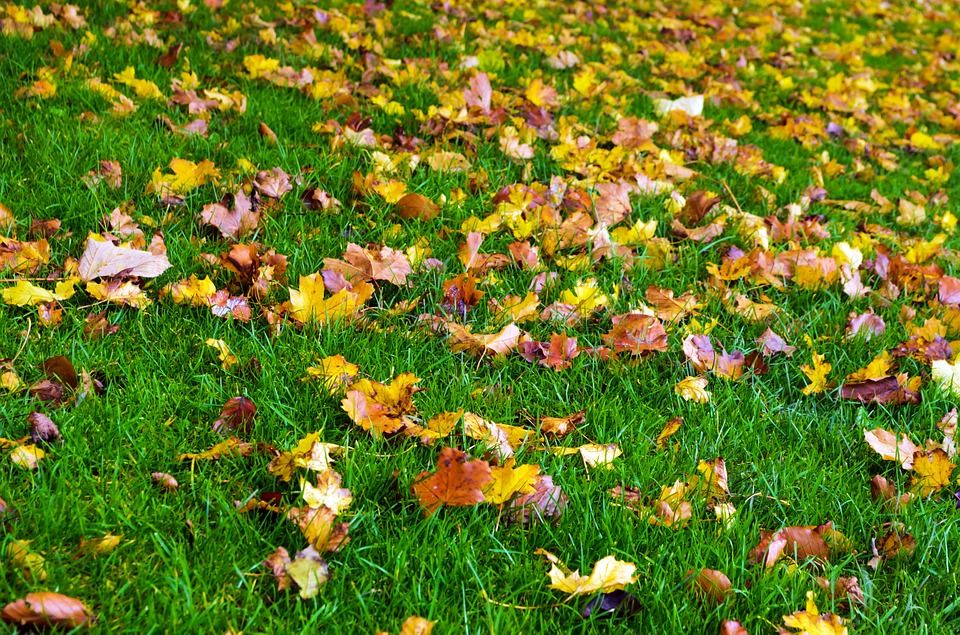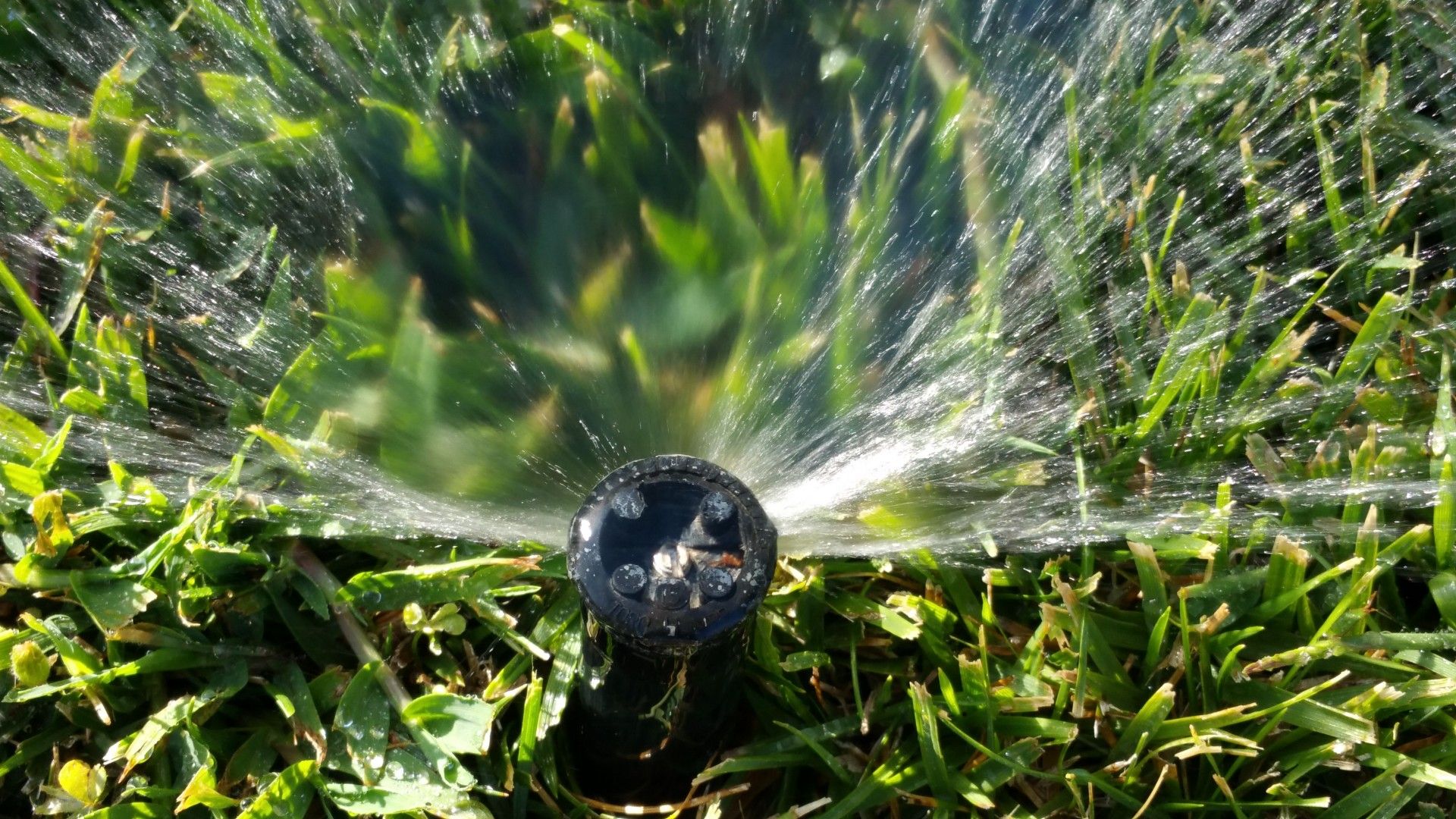Lawn Care Tips for Fall
Through the summer you’ve been taking attentive care of your lawn- watering, cutting, weeding and feeding. All in the hopes of creating the greenest plot in the neighborhood, right? But now the cool breezes of autumn have started and the way you care for your lawn should change.
These steps will help you get a head start on the colder weather.
Aeration and Overseeding

Feed Your Yard
Fall is the best season of the year to fertilize your cool-season grasses. Unlike warm grasses, which frequently go dormant in the fall and winter, cool-season grasses may actually hit their peak growth rates during the fall. This means they may need a full dose of nitrogen to help boost the overall health of your soil and grass. Most importantly, this will prevent weed growth. Weeds choke out grass so early prevention is key.
Cut Down on Mowing
In the summer, most people mow weekly. But if you have cool-season grass, you need to start cutting back on the number of times you mow each month. Every other week should be your target. If you have too many leaves on your yard, you can mulch those, but remember that you need to leave your cutting deck higher so that you aren’t cutting much of your grass as well.
The professional advice is to not cut off more than one-third of the total blade of grass each time you mow. This can scalp your lawn, which stunts the growth of the grass. Warmer climate grass means you can skip mowing altogether as the grass goes into its dormancy cycle and won’t need it.
Leaf Removal
There are two approaches to dealing with leaf coverage on your lawn. At a minimum, the leaves should be removed every 7-10 days because it blocks sunlight from reaching your grass. If you have a very
Sow and Reseed
Fall is actually a great time to reseed the bare patches in your lawn and sow new sections of lawn for cool-season grasses. Apply fresh soil and some new seed to barren patches and be prepared to see your lawn bounce back in the fall. This season is usually the best for cool-season growth, so take advantage!
Winterize Your Sprinkler System

In one weekend, most of these suggested steps can be accomplished and have your yard ready for fall and winter and looking great to boot!




